Ford Tourneo Connect vs Skoda Kodiaq – Performance, range & efficiency compared
Both models have their strengths – but which one suits you more?
Compare performance, efficiency, price and space directly: Ford Tourneo Connect or Skoda Kodiaq?
Costs and Efficiency:
Price and efficiency are often the first things buyers look at. Here it becomes clear which model has the long-term edge – whether at the pump, the plug, or in purchase price.
Ford Tourneo Connect has a distinct advantage in terms of price – it starts at 27300 £, while the Skoda Kodiaq costs 36800 £. That’s a price difference of around 9506 £.
Fuel consumption also shows a difference: Skoda Kodiaq manages with 0.40 L and is therefore evident more efficient than the Ford Tourneo Connect with 0.50 L. The difference is about 0.10 L per 100 km.
As for range, the Skoda Kodiaq performs slight better – achieving up to 123 km, about 4 km more than the Ford Tourneo Connect.
Engine and Performance:
Power, torque and acceleration say a lot about how a car feels on the road. This is where you see which model delivers more driving dynamics.
When it comes to engine power, the Skoda Kodiaq has a convincingly edge – offering 265 HP compared to 150 HP. That’s roughly 115 HP more horsepower.
In acceleration from 0 to 100 km/h, the Skoda Kodiaq is decisively quicker – completing the sprint in 6.30 s, while the Ford Tourneo Connect takes 10.10 s. That’s about 3.80 s faster.
In terms of top speed, the Skoda Kodiaq performs to a small extent better – reaching 231 km/h, while the Ford Tourneo Connect tops out at 186 km/h. The difference is around 45 km/h.
There’s also a difference in torque: Skoda Kodiaq pulls to a small extent stronger with 400 Nm compared to 350 Nm. That’s about 50 Nm difference.
Space and Everyday Use:
Whether family car or daily driver – which one offers more room, flexibility and comfort?
Both vehicles offer seating for 5 people.
In curb weight, Ford Tourneo Connect is slight lighter – 1542 kg compared to 1684 kg. The difference is around 142 kg.
In terms of boot space, the Ford Tourneo Connect offers convincingly more room – 1720 L compared to 910 L. That’s a difference of about 810 L.
In maximum load capacity, the Ford Tourneo Connect performs evident better – up to 3105 L, which is about 1000 L more than the Skoda Kodiaq.
When it comes to payload, Ford Tourneo Connect clearly perceptible takes the win – 818 kg compared to 545 kg. That’s a difference of about 273 kg.
Who comes out on top?
Overall, the Skoda Kodiaq shows itself to be wins the duel decisively and secures the title of DriveDuel Champion.
It convinces with the more balanced overall package and proves to be the more versatile choice for everyday use.
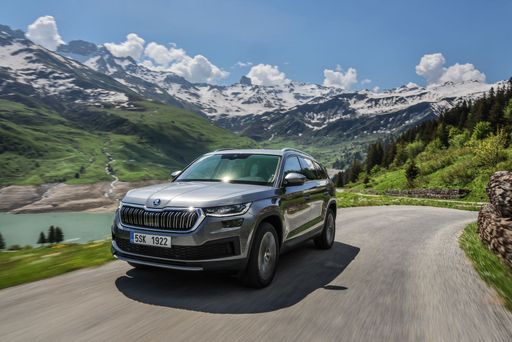
Skoda Kodiaq
Ford Tourneo Connect
The Ford Tourneo Connect represents a versatile option in the people carrier segment, offering a blend of functionality and comfort for family or business use. Its design combines modern aesthetics with the practicality needed for daily operations, making it an appealing choice for those seeking a reliable and adaptable vehicle. Inside, the Tourneo Connect provides a spacious and well-thought-out interior, ensuring a comfortable driving experience for both driver and passengers.
details @ tourneoconnect.fordpresskits.com
@ tourneoconnect.fordpresskits.com
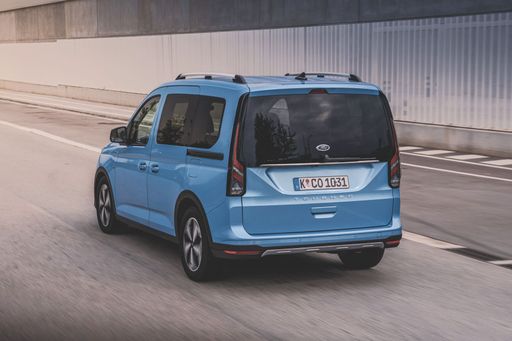 @ tourneoconnect.fordpresskits.com
@ tourneoconnect.fordpresskits.com
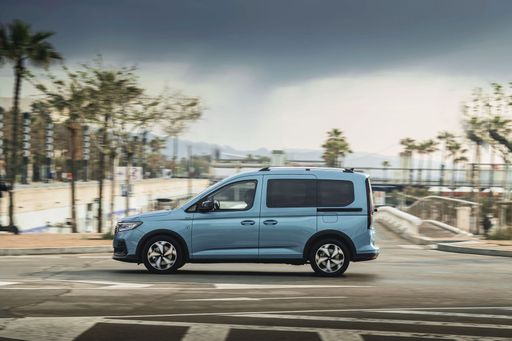 @ tourneoconnect.fordpresskits.com
@ tourneoconnect.fordpresskits.com
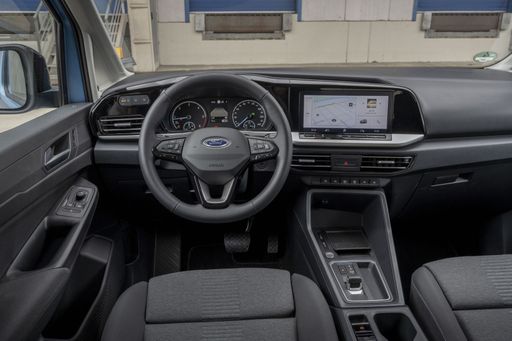 @ tourneoconnect.fordpresskits.com
@ tourneoconnect.fordpresskits.com
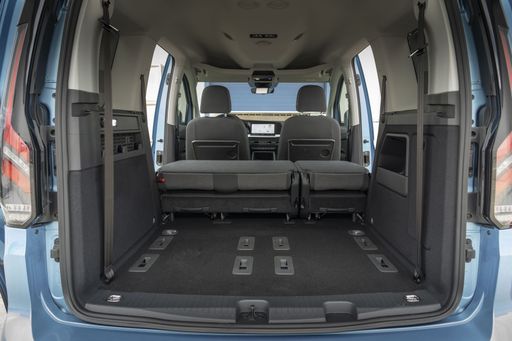 @ tourneoconnect.fordpresskits.com
@ tourneoconnect.fordpresskits.com
Skoda Kodiaq
The Škoda Kodiaq impresses with its spacious interior and sleek design, making it a popular choice for families and adventurers alike. Equipped with a range of modern features, it offers a comfortable driving experience and outstanding versatility. Its robust build and refined handling make it suitable for both urban settings and countryside escapades.
details @ skoda-media.de
@ skoda-media.de
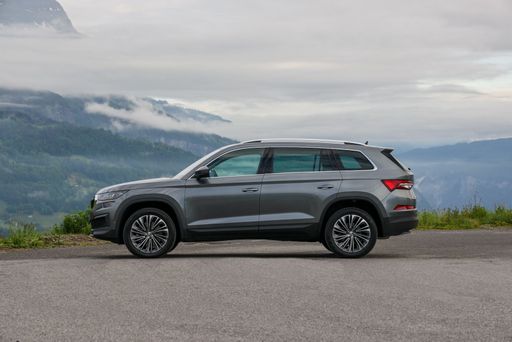 @ skoda-media.de
@ skoda-media.de
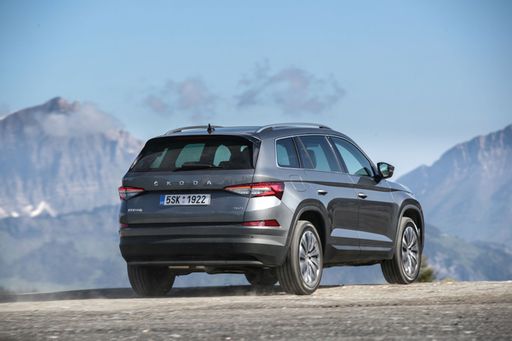 @ skoda-media.de
@ skoda-media.de
 @ skoda-media.de
@ skoda-media.de
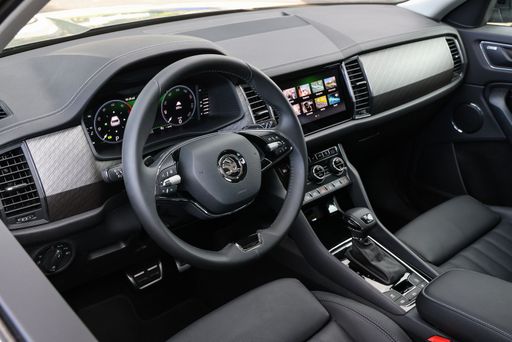 @ skoda-media.de
@ skoda-media.de

|

|
|
|
|
Costs and Consumption |
|
|---|---|
|
Price
27300 - 41900 £
|
Price
36800 - 49600 £
|
|
Consumption L/100km
0.5 - 6.9 L
|
Consumption L/100km
0.4 - 8.2 L
|
|
Consumption kWh/100km
-
|
Consumption kWh/100km
-
|
|
Electric Range
116 - 119 km
|
Electric Range
113 - 123 km
|
|
Battery Capacity
19.70 kWh
|
Battery Capacity
19.70 kWh
|
|
co2
11 - 164 g/km
|
co2
9 - 186 g/km
|
|
Fuel tank capacity
32 - 50 L
|
Fuel tank capacity
45 - 58 L
|
Dimensions and Body |
|
|---|---|
|
Body Type
High Roof Estate
|
Body Type
SUV
|
|
Seats
5
|
Seats
5
|
|
Doors
5
|
Doors
5
|
|
Curb weight
1542 - 1781 kg
|
Curb weight
1684 - 1970 kg
|
|
Trunk capacity
1213 - 1720 L
|
Trunk capacity
745 - 910 L
|
|
Length
4500 - 4868 mm
|
Length
4758 - 4761 mm
|
|
Width
1855 mm
|
Width
1864 mm
|
|
Height
1833 mm
|
Height
1663 - 1683 mm
|
|
Max trunk capacity
2556 - 3105 L
|
Max trunk capacity
1945 - 2105 L
|
|
Payload
563 - 818 kg
|
Payload
460 - 545 kg
|
Engine and Performance |
|
|---|---|
|
Engine Type
Plugin Hybrid, Petrol, Diesel
|
Engine Type
Plugin Hybrid, Petrol, Petrol MHEV, Diesel
|
|
Transmission
Automatic, Manuel
|
Transmission
Automatic
|
|
Transmission Detail
Dual-Clutch Automatic, Manual Gearbox
|
Transmission Detail
Dual-Clutch Automatic
|
|
Drive Type
Front-Wheel Drive, All-Wheel Drive
|
Drive Type
Front-Wheel Drive, All-Wheel Drive
|
|
Power HP
102 - 150 HP
|
Power HP
150 - 265 HP
|
|
Acceleration 0-100km/h
10.1 - 13.5 s
|
Acceleration 0-100km/h
6.3 - 9.7 s
|
|
Max Speed
175 - 186 km/h
|
Max Speed
205 - 231 km/h
|
|
Torque
220 - 350 Nm
|
Torque
250 - 400 Nm
|
|
Number of Cylinders
4
|
Number of Cylinders
4
|
|
Power kW
75 - 110 kW
|
Power kW
110 - 195 kW
|
|
Engine capacity
1498 - 1968 cm3
|
Engine capacity
1498 - 1984 cm3
|
General |
|
|---|---|
|
Model Year
2024 - 2025
|
Model Year
2024 - 2025
|
|
CO2 Efficiency Class
B, E, F
|
CO2 Efficiency Class
B, F, G, E
|
|
Brand
Ford
|
Brand
Skoda
|
Is the Ford Tourneo Connect offered with different drivetrains?
Available configurations include Front-Wheel Drive or All-Wheel Drive.
The prices and data displayed are estimates based on German list prices and may vary by country. This information is not legally binding.
